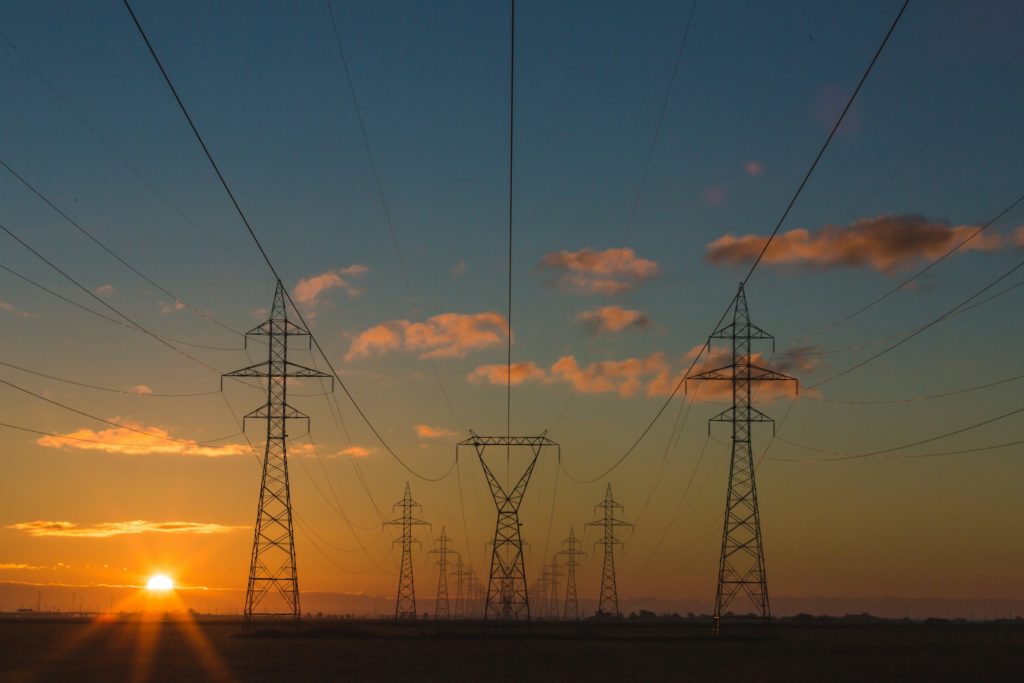
House hunting is an exciting journey—imagining your furniture in the living room, planning cosy dinner parties, and picturing life in a new space. But amidst all the excitement, there’s one crucial question many overlook: How much will it cost to run this home?
With energy costs still high—and expected to rise again in the spring under the energy price cap—factoring in energy efficiency at the viewing stage could save you a fortune down the line. After all, no one wants to move into their dream home only to be hit with unexpected, sky-high bills. Here are some tips to you help you avoid this.
- Check the Energy Performance Certificate (EPC)
An Energy Performance Certificate (EPC) is like a report card for a home’s energy efficiency, providing key insights into running costs, potential upgrades, and the property’s overall rating. By law, sellers must provide a valid EPC when selling a home, and it remains valid for 10 years.
- Consider the Type of Home You Want
The type of home you choose will have a big impact on your energy costs.
A charming Victorian villa might win you over with its character, but older homes often require significant upgrades—such as insulation, double glazing, or modern heating systems—to improve energy efficiency. These upgrades can add extra costs and effort.
On the other hand, a modern new-build is more likely to have energy-saving features already installed. In fact, homes built between 1900 and 1990 have an average energy efficiency rating of D, whereas those built after 2016 typically achieve a B rating.
And remember—size matters. Larger homes cost more to heat, so keep that in mind when weighing up your options.
- Look for Damp and Draughts
When viewing a property, pay close attention to the walls, windows, and ceilings for signs of:
- Damp
- Mould
- Condensation
- Poor ventilation
- Excessive draughts
These issues aren’t just cosmetic concerns—they could signal deeper structural problems that may lead to costly repairs in the future.
Before leaving the viewing, ask the seller for any relevant documents related to the property’s upgrades or heating system, such as:
- Installation certificates
- Warranties
- Service records
This information will help you understand the home’s history and any potential costs down the line.
- Check the Heating System
Heating is one of the biggest contributors to energy bills, so it’s crucial to understand what’s in place before committing to a home. During your viewing, ask the seller:
- How old is the heating system?
- How effective is it?
- What are their typical energy bills?
If the property has energy-efficient heating, it could reduce long-term costs—but make sure you’re comfortable with how the system works before making a decision.
After You’ve Moved In…
Once you’ve got the keys, there are plenty of easy steps you can take to make your home as energy-efficient as possible.
✅ Find your energy supplier, locate your meter, and take a reading. Consider switching suppliers to see if you could save on your energy bill.
✅ Learn how to use your heating system effectively—if the house has radiators, bleed them to ensure they work properly.
✅ Choose energy-efficient appliances when making new purchases to reduce long-term energy costs.
✅ Revisit your EPC report and home survey to plan any major energy-saving improvements.
Taking these steps early on can help lower your energy bills and ensure your home runs efficiently from day one.
